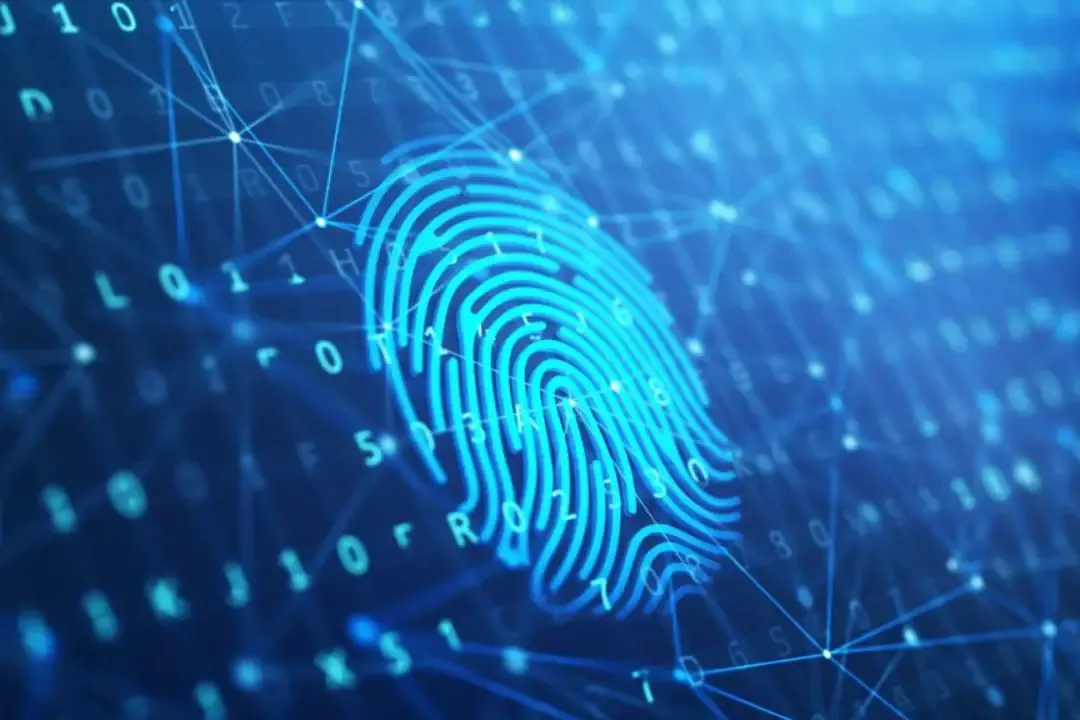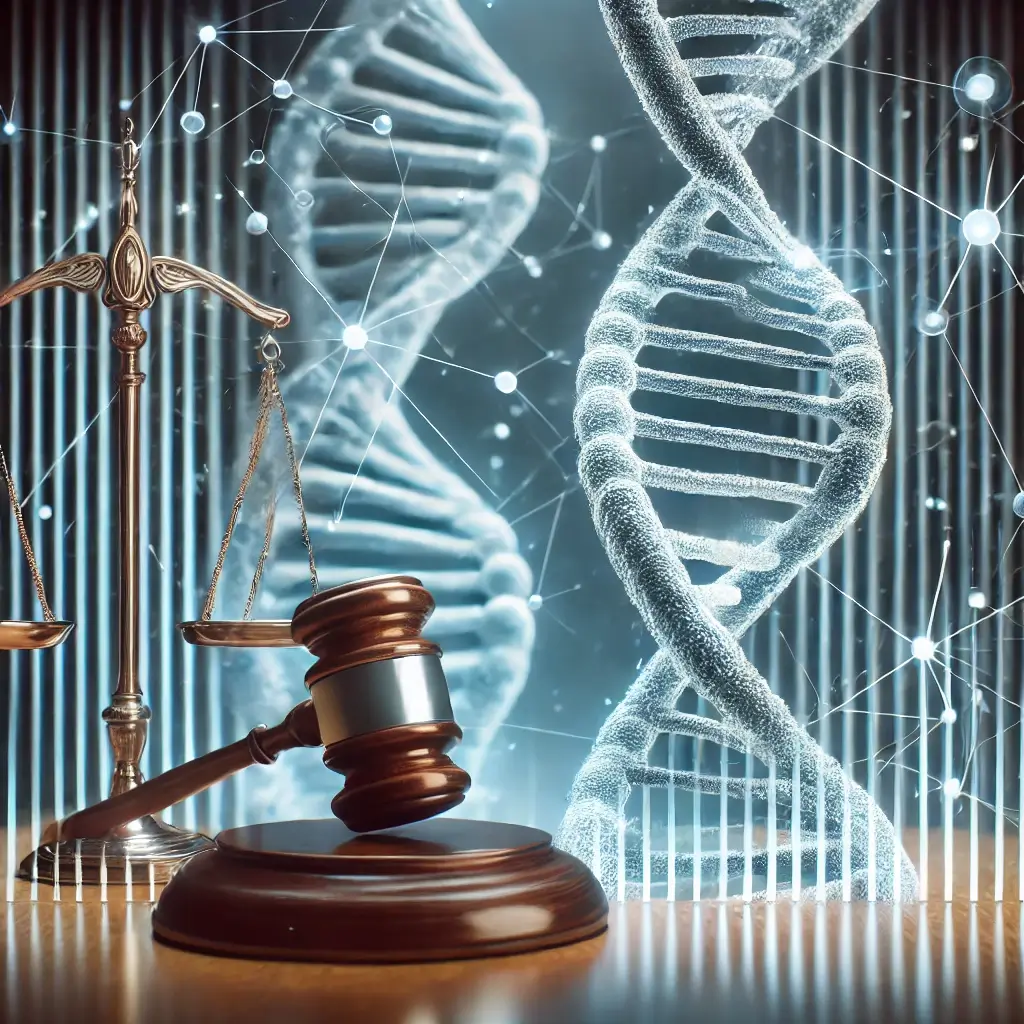Delving into the Complexities of Crime
The concept of crime is multifaceted and defies easy definition. Scholars and legal experts have long struggled to comprehensively define criminal behavior. This is because it encompasses a vast array of human conduct. Crime is often subject to varied interpretations and perceptions, influenced by societal norms, laws, and beliefs.
Crime Through the Lens of Public Perception
In public perception, crime is often associated with acts such as robberies, murders, theft, and assault. However, this understanding is subjective and shaped by multiple factors:
- Societal norms and values
- Religion and traditions
- Political and economic systems
- Cultural beliefs and attitudes
These factors influence how different societies view crime and its consequences.
The Shifting Sands of Legality
The legality of an act is not static; it evolves over time. What may be considered a crime today could be decriminalized tomorrow. For instance, practices such as polygamy and dowry were once accepted in many cultures. These have transitioned into criminal offenses due to legislative changes. Property crimes in capitalist societies differ from those in socialist economies (like China and the former USSR). This highlights the dynamic nature of legal systems.
The Foundations of Criminal Law
Criminal law is grounded in legislative frameworks. It can also derive from common law in jurisdictions that still recognize it. While many crimes require intent, some offenses fall under strict liability, where intent is irrelevant. For example, parking violations are often prosecuted without the need to prove intent.
Renowned Jurists’ Perspectives on Crime
Throughout history, prominent jurists have attempted to define crime. Their views provide insight into the complex nature of criminal behavior:
Bentham’s assertion that offenses are whatever the legislature prohibits, whether for good or bad reasons, is grounded in his utilitarian philosophy, where the goal is to maximize happiness and minimize pain. His utilitarian penal code is structured to criminalize only acts that are harmful and where punishment serves the greater good by preventing harm (Crossley, 2023; Mohay, 2023). Bentham classifies offenses based on their potential harm and the benefit of their punishment, emphasizing that only harmful and unprofitable acts should be criminalized (Mohay, 2023). He also identifies various sanctions—moral, sympathetic, religious, and physical—that can deter offenses beyond legal penalties (Jacques & Allen, 2020).
Bentham’s approach highlights the need for effective punishment, such as public punishment to set an example, and explores alternative methods like incapacitation (Carles, 2023). He distinguishes between private ethics and penal law, noting that while penal laws align with private ethics, not all ethical duties are legally enforceable. His evolving views suggest expanding penal law to include acts like cruelty to animals (Liem, 2023). Bentham’s framework, though structured, raises debates about the subjective nature of defining the “greater good” and balancing individual freedom with societal welfare.
References:
- Michael, Crossley. (2023). Bentham’s An Introduction to the Principles of Morals and Legislation. doi: 10.1093/oso/9780190089900.001.0001
- Heather, Mohay. (2023). Bentham’s Chapter XVI. doi: 10.1093/oso/9780190089900.003.0017
- Scott, Jacques., Andrea, Allen. (2020). Bentham’s Sanction Typology and Restrictive Deterrence: A Study of Young, Suburban, Middle-Class Drug Dealers. doi: 10.21428/1163C5CA.0E6C9D48
- Nathalie, Rivere, de, Carles. (2023). 4. Bentham’s Chapter XV. doi: 10.1093/oso/9780190089900.003.0016
- Nguyen, Quang, Liem. (2023). 5. Bentham’s Chapter XVII and the Concluding Note. doi: 10.1093/oso/9780190089900.003.0018
John Austin’s distinction between crimes and civil injuries is based on his sanctions-focused conception of law, where crimes are wrongs pursued by the state to maintain public order, while civil injuries, or torts, are wrongs pursued by the injured party seeking compensation. His theory emphasizes the coercive power of the state, often referred to as the “gunman theory of law,” particularly in criminal cases (Hardin, 1985; Herring & Cremona, 1998). While influential, Austin’s theories have been critiqued for oversimplifying the nature of law, as critics like H.L.A. Hart argue not all laws can be viewed as commands backed by sanctions (Tapper, 1965; Hardin, 1985). Nevertheless, some scholars defend Austin’s focus on the role of sanctions, asserting that it offers important insights into legal systems (Schauer, 2010). The debates around Austin’s ideas reflect ongoing discussions about the role of sanctions and the balance between state involvement and individual redress in law.
References:
- Matthew, H., Kramer. (2011). John Austin on Punishment. Social Science Research Network, doi: 10.2139/SSRN.1934750
- Jonathan, Herring., Marise, Cremona. (1998). Procedures and Structures of Criminal Law. doi: 10.1007/978-1-349-13561-5_2
- Colin, Tapper. (1965). Austin on Sanctions. Cambridge Law Journal, doi: 10.1017/S0008197300082842
- Frederick, Schauer. (2010). Was Austin Right After All? On the Role of Sanctions in a Theory of Law. Ratio Juris, doi: 10.1111/J.1467-9337.2009.00441.X
- Russell, Hardin. (1985). Sanction and Obligation. The Monist, doi: 10.5840/MONIST198568330
The concept of crime as an intentional act or omission that violates criminal law is explored in the provided research, highlighting its complexity. Crime is broadly defined as an act or omission that breaches legal prohibitions and is punishable by the state, incorporating key elements like actus reus (the act), mens rea (the intent), and concurrence of both (Welch & Fuller, 2014). Crimes can also arise from omissions, where failure to fulfill a legal duty is considered a crime if it involves willful neglect, is unjust, and causally linked to harm (Popoviciu, 2022). In cases such as fraud, omission is viewed as a failure to inform, violating principles of good faith (Ahn, 2023). Substantive criminal laws delineate what constitutes a crime and prescribe punishments, defining the limits of the state’s power within the criminal justice system (Welch & Fuller, 2014). The object of a crime is a key factor in structuring criminal law institutions, underscoring the legal and social implications of criminal acts and omissions (“The object of the crime as a criterion for building a system of institutions of a special part of criminal law”, 2022). This broader perspective reflects the evolving nature of criminal law and the nuanced approach required in determining criminal liability.
References:
- Alexander, A., Turyshev. (2024). Crime: criminal law concept. Государство и право, doi: 10.31857/s1026945224030136
- (2022). The object of the crime as a criterion for building a system of institutions of a special part of criminal law. doi: 10.26526/chapter_61e7f12a971677.12632055
- Casey, Welch., John, Randolph, Fuller. (2014). Criminal Law, Crime, and the Criminal Court Process. doi: 10.1016/B978-1-4557-2599-1.00004-7
- Jeong, Ahn. (2023). Dogmatics on the Criminal Law relating to the Fraud by omission: Focusing on the duty to inform in the Fraud which is non-obligatory Property Crime. The Legal Studies Institute of Chosun University, doi: 10.18189/isicu.2023.30.1.201
- Laura, Popoviciu. (2022). Commitment of crime by omission. Agora International Journal of Juridical Sciences, doi: 10.15837/aijjs.v16i2.5132
William Blackstone’s definition of crime as an act that violates public law is a foundational concept in criminal law. His work, particularly the Commentaries on the Laws of England, distinguishes crimes as “public wrongs” affecting society at large, as opposed to “private wrongs” that harm individuals (Pearson, 2024). This distinction has been pivotal in shaping both English and American legal systems, providing a clear framework for differentiating criminal and civil law (Lieberman, 2000). Blackstone’s influence extends to modern policing, where his definitions continue to inform operational handbooks, helping law enforcement make informed decisions by reinforcing the public nature of crimes (Ozin, 2022). Despite critiques, such as those by Jeremy Bentham, who found Blackstone’s approach outdated, his work remains a cornerstone in the study of criminal law, contributing to a lasting understanding of public law and societal order (Pearson, 2024).
References:
- Ellen, Holmes, Pearson. (2024). William Blackstone. doi: 10.1093/obo/9780199730414-0406
- David, Lieberman. (2000). Mapping Criminal Law: Blackstone and the Categories of English Jurisprudence. doi: 10.1017/CBO9780511495885.008
- Paul, Ozin. (2022). Blackstone’s Police Operational Handbook. doi: 10.1093/law/9780192868701.001.0001
The concept of crime as an act forbidden by law and offensive to society’s moral sentiments is explored by James Fitzjames Stephen, who emphasizes the role of law in maintaining societal order. In his A History of the Criminal Law of England, Stephen argued that law, rather than liberty, is essential to prevent societal decay, reflecting a conservative view of political societies built on force and subordination (Posner, 2012; Hajdenko-Marshall, 2012). He critiques liberal ideas, particularly those of John Stuart Mill, emphasizing the need for law to impose moral order as religion’s influence wanes (Hajdenko-Marshall, 2012). Stephen highlights the distinction between crime and immorality, noting that while crimes are legally prohibited, not all immoral acts are criminalized, and the state often criminalizes behavior based on societal values (Marchuk, 2014). His work also reflects on the broader societal implications of crime, suggesting that persistent offenders require a nuanced approach beyond legal punishment (Ju, 2022). Stephen’s views underscore the tension between individual liberty and societal order, emphasizing the evolving and complex relationship between crime, morality, and legal standards.
References:
- Richard, A., Posner. (2012). 1. The Romance of Force: James Fitzjames Stephen on Criminal Law.
- Huai-Qiang, Ju. (2022). 2. A commentary on Rethinking What Works with Offenders. doi: 10.4324/9781003143789-20
- Iryna, Marchuk. (2014). 3. The Concept of Crime in International Criminal Law. doi: 10.1007/978-3-642-28246-1_4
- Catherine, Hajdenko-Marshall. (2012). 5. Sir James Fitzjames Stephen (1829-1894) : un intellectuel sceptique, critique des idées libérales de son temps. Cahiers Victoriens & Edouardiens, doi: 10.4000/CVE.1635
Kenny’s statement that crimes are wrongs with punitive sanctions remissible only by the crown emphasizes the idea of criminal wrongs as public wrongs, distinct from private wrongs. Crimes infringe on societal values, requiring intervention by public officials rather than private individuals (Wall, 2018). The punitive nature of criminal sanctions reinforces the notion that crimes are not just personal grievances but violations against the community as a whole, necessitating state involvement (Wall, 2018). Kenny’s assertion that only the crown can remit criminal sanctions underscores the state’s centralized role in justice administration, ensuring that the resolution of criminal wrongs aligns with societal values (Wall, 2018). Additionally, the Kenneth Law case highlights ethical concerns in media reporting on criminal acts, emphasizing the need for responsible coverage to avoid sensationalizing and maintain the integrity of public discourse (Sinyor et al., 2024). Kenny’s statement thus reflects the importance of balancing public interest with ethical considerations in addressing and reporting criminal wrongs.
References:
- Mark, Sinyor., Lorna, Fraser., Dan, Reidenberg., Paul, S., F., Yip., Thomas, Niederkrotenthaler. (2024). The Kenneth Law Media Event – A Dangerous Natural Experiment.. Crisis-the Journal of Crisis Intervention and Suicide Prevention, doi: 10.1027/0227-5910/a000942
- Jesse, Wall. (2018). Public Wrongs and Private Wrongs. The Canadian Journal of Law and Jurisprudence, doi: 10.1017/CJLJ.2018.8
Keeton’s description of crime as an undesirable act corrected by state-imposed penalties highlights the central role of the state in defining and prosecuting criminal acts, emphasizing the distinction between criminality and immorality. Crime is fundamentally an act or omission that violates state laws, and the state prosecutes such behaviors based on societal values (Marchuk, 2014; “The object of the crime as a criterion for building a system of institutions of a special part of criminal law”, 2022). The definition of crime, however, is not static, as it evolves with societal norms and cultural differences (Marchuk, 2014; Iskandarovich, 2024). The impact of crime extends beyond individual victims, affecting society at large by fostering fear and insecurity, necessitating broad prevention and intervention efforts (Iskandarovich, 2024). Theories of crime, encompassing psychological, sociological, and economic perspectives, inform modern crime prevention strategies, which have seen considerable evolution since the 1970s (Angerbjörn, 2023). While Keeton underscores the state’s role in addressing crime, this multifaceted issue is shaped by societal norms, legal structures, and individual behaviors.
References:
- (2022). The object of the crime as a criterion for building a system of institutions of a special part of criminal law. doi: 10.26526/chapter_61e7f12a971677.12632055
- Iryna, Marchuk. (2014). The Concept of Crime in International Criminal Law. doi: 10.1007/978-3-642-28246-1_4
- Beshimov, Bakhtiyor, Iskandarovich. (2024). Philosophical Definition and Description of Crime. Irish Interdisciplinary Journal of Science & Research, doi: 10.46759/iijsr.2024.8217
- Anders, Angerbjörn. (2023). Criminality. doi: 10.1016/b978-0-323-91497-0.00161-2
Miller’s definition of crime as “the commission or omission of an act which the law forbids or commands under pain of a punishment to be imposed by the state by a proceeding in its own name” emphasizes the legal framework and the role of state authority in defining and prosecuting criminal acts. Crime is primarily understood as behavior prohibited by criminal law, with state-imposed punishment as a key feature (Angulo, 2023). This aligns with the construction of crime within the criminal law framework, focusing on core elements like “activity” and excluding subjective factors like “guilt” and “punishability” (Turyshev, 2024). Additionally, Walter B. Miller’s work on lower-class culture highlights how social factors can influence predispositions toward crime, offering a sociocultural perspective alongside the legal definition (Hawley, 2014). Crime is further seen as a socially harmful act that breaches state-protected values, shaped by public pressure and the legal system’s role in defining it (Marchuk, 2014). Miller’s definition, while legally clear, reflects the contested nature of crime, influenced by cultural, social, and legal factors that evolve over time (Angulo, 2023).
References:
- Enrique, Silva, Angulo. (2023). Crime. doi: 10.51952/9781447359418.ch017
- Alexander, A., Turyshev. (2024). Crime: criminal law concept. Государство и право, doi: 10.31857/s1026945224030136
- Frederick, Hawley. (2014). Miller, Walter B.. doi: 10.1002/9781118517390.WBETC037
- Iryna, Marchuk. (2014). The Concept of Crime in International Criminal Law. doi: 10.1007/978-3-642-28246-1_4
The concept that the state holds the exclusive power to control criminal procedures, remit penalties, or inflict punishment is central to the philosophy of criminal justice. The state is seen as the impartial authority capable of ensuring justice is served fairly and consistently (Harel, 2013; Harel, 2008). This role prevents personal vendettas or biases from influencing legal outcomes, as might occur if private individuals were responsible for enforcing sanctions (Harel, 2007). Discussions around privatizing aspects of the criminal justice system, such as private prisons, raise concerns about inconsistent penalties and the erosion of state-sanctioned legal standards (Harel, 2013). The broader role of the state also involves orchestrating legal and social policies, especially in addressing mass atrocities, where state coordination is vital for prevention (Mullins, 2022). The state’s symbolic power helps legitimize and enforce legal norms, reinforcing social order and justice. While the state’s control over criminal sanctions is crucial for fairness, debates about privatization stress the need for accountability and transparency to sustain public trust in the legal system.
References:
- Alon, Harel. (2013). Punishment and the State. Social Science Research Network, doi: 10.2139/SSRN.2280755
- Alon, Harel. (2008). Why only the state may inflict criminal sanctions: the case against privately inflicted sanctions. Legal Theory, doi: 10.1017/S135232520808004X
- Christopher, W., Mullins. (2022). The Role of the State in Atrocity Crimes. doi: 10.1093/oxfordhb/9780190915629.013.18
- Alon, Harel. (2007). Why Only the State May Inflict Criminal Sanctions. Social Science Research Network, doi: 10.2139/SSRN.1017298
Navigating the Diverse Realms of Criminal Activity
Crime can be categorized into several domains, each with unique characteristics and societal impacts:
- Drug Crimes: Drug crimes involve offenses related to the use, possession, transportation, and trade of illegal substances. These crimes often fuel organized crime and contribute to significant social and economic harm.
- Organized Crime: Organized crime refers to criminal activities conducted by criminal organizations that offer illegal goods or services. These organizations often employ intimidation, corruption, and violence to achieve their goals.
- White-Collar Crime: White-collar crimes involve non-violent acts committed in business or professional settings. Examples include fraud, embezzlement, and insider trading, which can have severe economic and social consequences.
- Digital Crime: Digital crime, or cybercrime, involves illegal activities carried out using computers, networks, or communication devices. Hacking, identity theft, and cyber-stalking are prominent examples of digital crimes that pose threats to individuals, businesses, and national security.
- Victimless Crime: Victimless crimes involve acts in which all parties voluntarily participate, and no one is directly harmed. Examples include drug use and gambling. While labeled “victimless,” these crimes often spark debates about individual liberty and state intervention.
Conclusion
Crime is a complex and multifaceted issue, with diverse motivations, societal implications, and evolving legal definitions. Understanding the root causes of criminal behavior is essential for creating effective solutions. By embracing a holistic approach to crime, society can work towards a more just, fair, and secure world.
What is the public perception of crime?
Public perception of crime is often associated with acts ranging from robberies, pickpocketing, riots, murders, and theft. However, this perception is subjective and influenced by various factors like societal norms, beliefs, religion, attitudes, customs, traditions, governmental structures, and the prevailing political and economic systems within a society.
How does the legality of an act change over time?
The legality of an act is not static; it can evolve over time, shaped by legislative decisions. An act considered a crime today may no longer be deemed criminal in the future. Practices such as polygamy and dowry, once accepted norms, have transitioned from societal customs to criminal offenses in recent years.
What are the foundations of criminal law?
The components of a crime often originate from legislation, but they may also be derived from common law in jurisdictions where the criminal common law retains authority. While many crimes necessitate the presence of intent, numerous minor offenses can be committed under strict liability, regardless of the defendant’s mental state concerning the illegal conduct.
What are the different domains of criminal activity?
Criminal activities can be categorized into various domains like drug crimes, organized crime, political crimes, white-collar crimes, digital crimes, street crimes, and victimless crimes. Each category has unique characteristics and societal implications.












